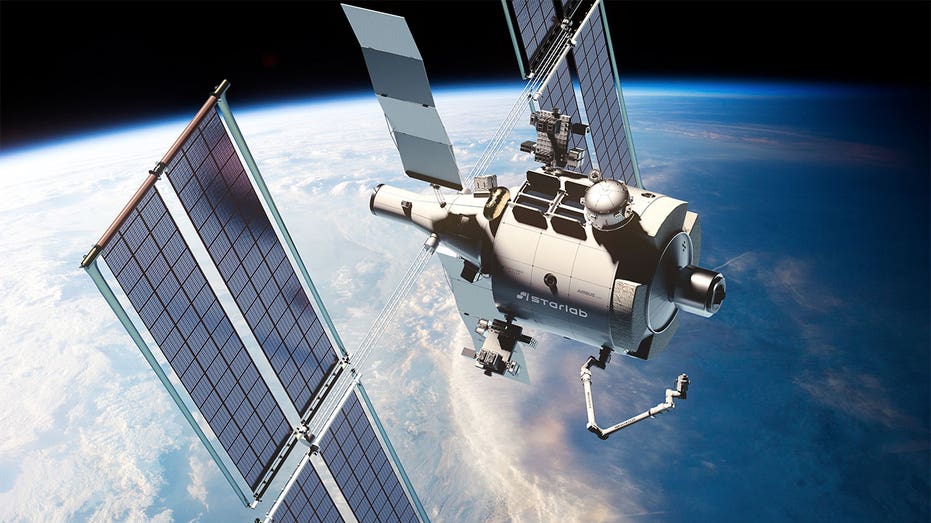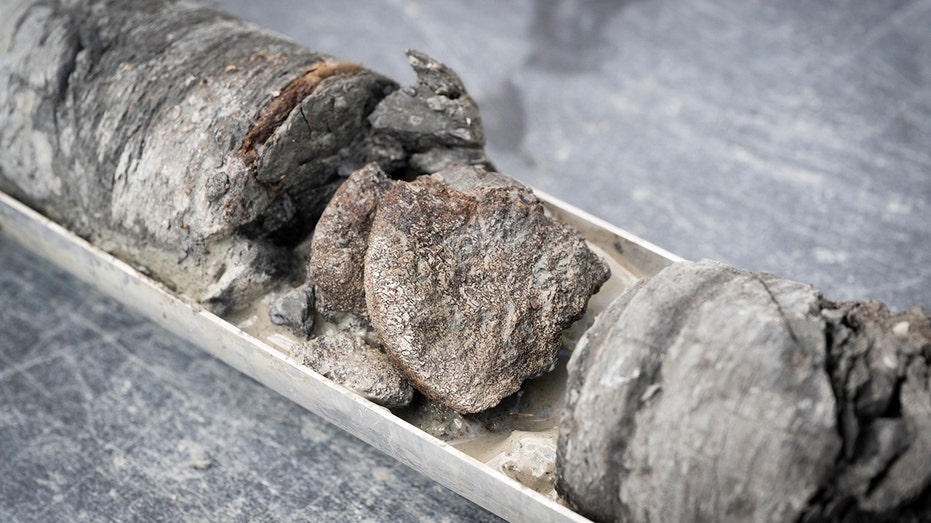NASA Finalizes Strategy for Sustaining Human Presence in Space

Sarah Johnson
March 3, 2025
Brief
NASA unveils its Low Earth Orbit Microgravity Strategy to ensure continuous human presence in space after the ISS retires, partnering with commercial companies despite budget challenges.
NASA has officially locked in its strategy for ensuring a continuous human presence in space, even as the International Space Station (ISS) approaches its retirement in 2030. According to NASA's newly released Low Earth Orbit Microgravity Strategy, the agency is committed to enabling extended stays in orbit, supporting economic growth, and maintaining vital international partnerships.
"NASA's Low Earth Orbit Microgravity Strategy will guide the agency toward the next generation of continuous human presence in orbit," the document states, highlighting the importance of transitioning from the ISS to commercial space stations.
But nothing in space comes easy—or cheap. Concerns have been mounting about whether new commercial space stations will be ready in time to pick up where the ISS leaves off. Budget constraints, partly influenced by federal spending cuts, have added more pressure to an already ambitious timeline.
NASA Deputy Administrator Pam Melroy acknowledged these challenges, stating, "Just like everybody has to make hard decisions when the budget is tight, we've made some choices over the last year to cut back programs or cancel them altogether to focus on our highest priorities." Translation? NASA’s playing a cosmic game of Tetris to make everything fit.
Commercial partners like Voyager Space are stepping up as key players in this transition. Voyager is developing one of the potential replacements for the ISS and has voiced strong support for NASA's commitment. "We need that commitment because we have our investors asking, 'Is the United States committed?'" said Jeffrey Manber, Voyager's president of international and space stations.
The ISS has been a symbol of international collaboration since its first module launched in 1998. Over the past 24 years, it has hosted 28 astronauts from 23 countries, serving as humanity's home in the cosmos. But with its de-orbit scheduled for 2031, the clock is ticking for commercial stations to take the baton.
NASA Administrator Bill Nelson has emphasized the importance of this transition, describing it as a cornerstone of U.S. leadership in space. "The only other space station in orbit when the ISS de-orbits will be the Chinese space station," Nelson noted. "We want to remain the partner of choice for our industry and international goals." Subtle but clear: keeping America's space dominance intact is non-negotiable.
Private companies, including Voyager Space, Axiom Space, and Blue Origin, are working with NASA to develop the next generation of orbital platforms. Voyager aims to launch its starship space station by 2028, while Long Beach-based Vast Space has proposed its Haven modules, with plans to launch Haven-1 as soon as next year. NASA is also keeping the door open for additional funding and new proposals to ensure no gaps in orbital capability.
Melroy stressed the importance of competition in driving innovation, saying, "We absolutely think competition is critical. This is a development project. It was hard to build the space station, and we're asking our commercial partners to step up and do this themselves with some help from us." Translation: the space race is alive and well, but this time it’s got a corporate twist.
Despite budgetary hurdles, NASA remains optimistic about its ability to maintain a continuous human presence in orbit. "We think we're still able to make it happen before the end of 2030," Melroy said confidently. Voyager, for one, isn't waiting for more cash. "We're not asking for more money. We're ready to replace the International Space Station," Manber stated. Bold words, but in the high-stakes world of space exploration, boldness is basically the entry fee.
Topics
Editor's Comments
NASA’s bold strategy feels like a high-wire act without a safety net. They're banking on commercial partners to step up, even as budgets tighten and timelines shrink. The pressure is palpable, and let’s be real—if this doesn’t pan out, the U.S. risks ceding its space dominance to China. The stakes couldn’t be higher, and yet, the optimism from NASA and its partners almost makes you believe they’ll pull it off. Fingers crossed the cosmos cooperates!
Like this article? Share it with your friends!
If you find this article interesting, feel free to share it with your friends!
Thank you for your support! Sharing is the greatest encouragement for us.



